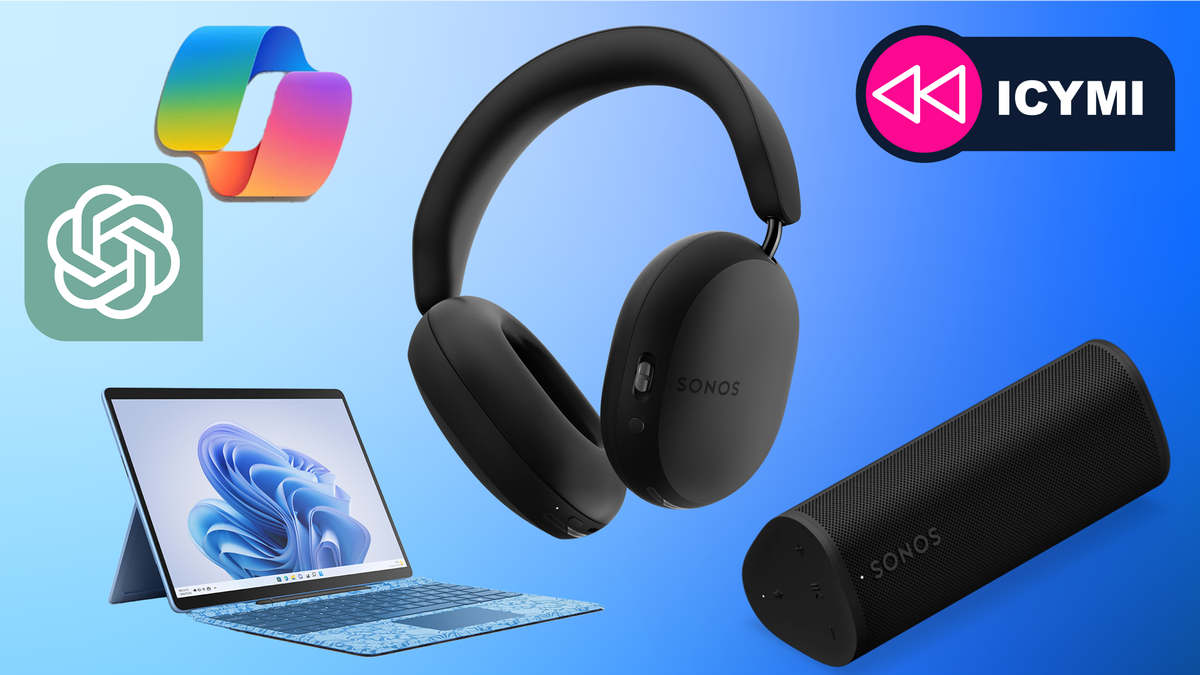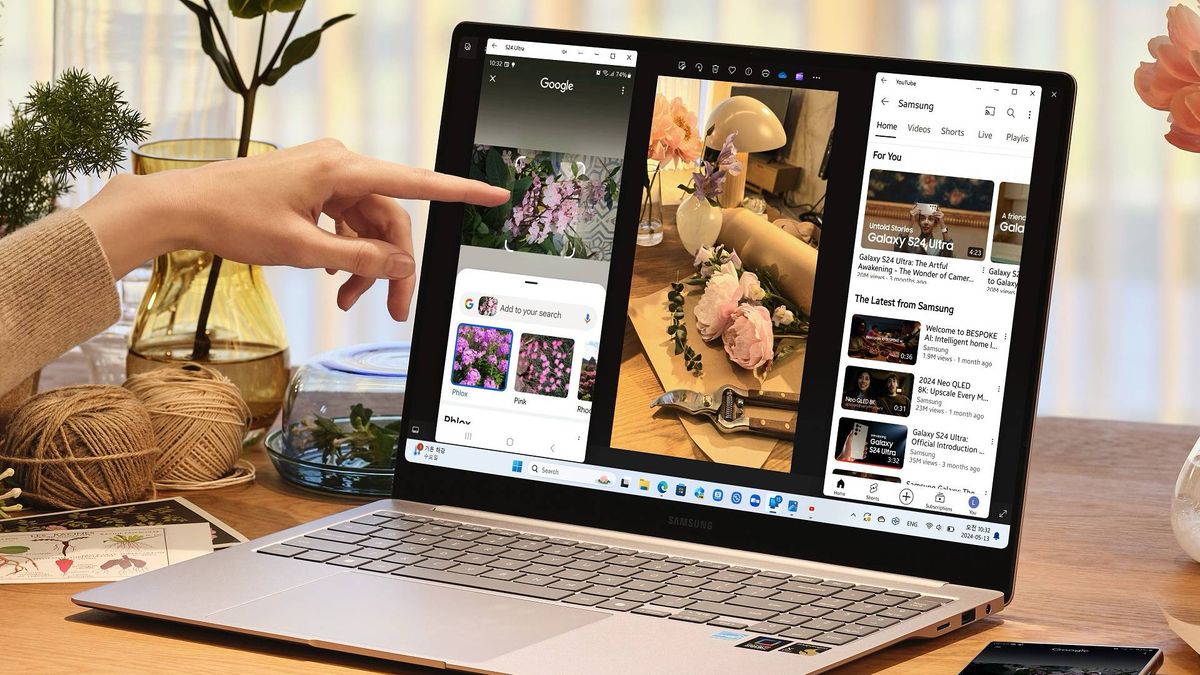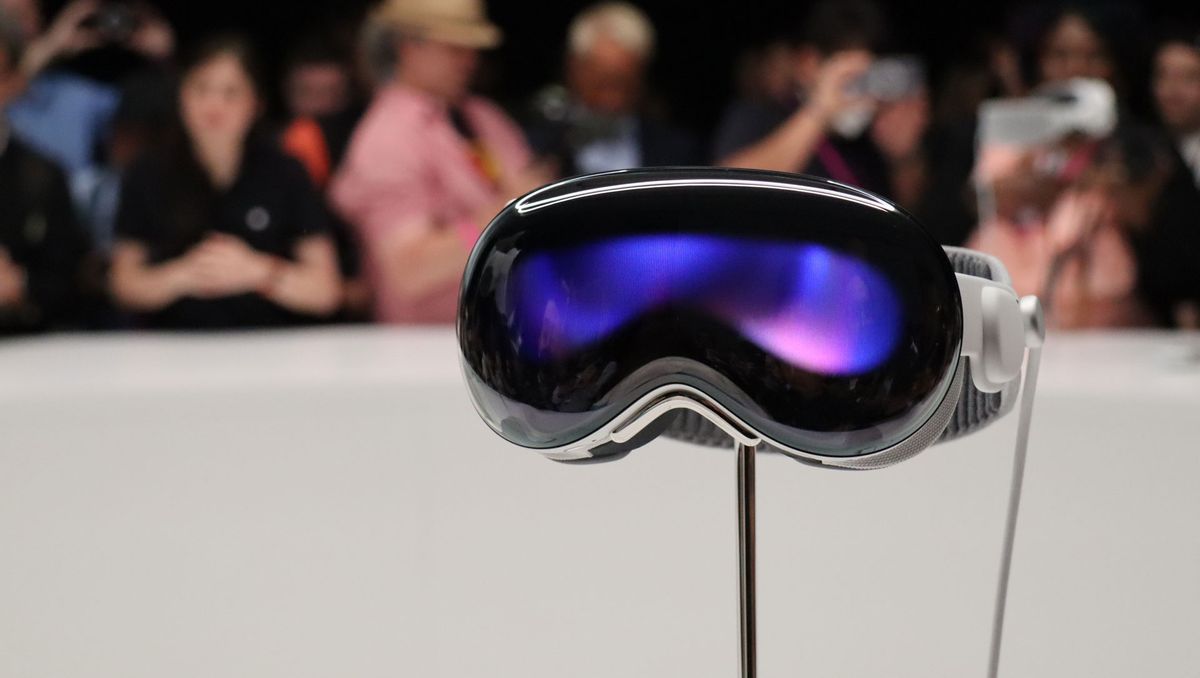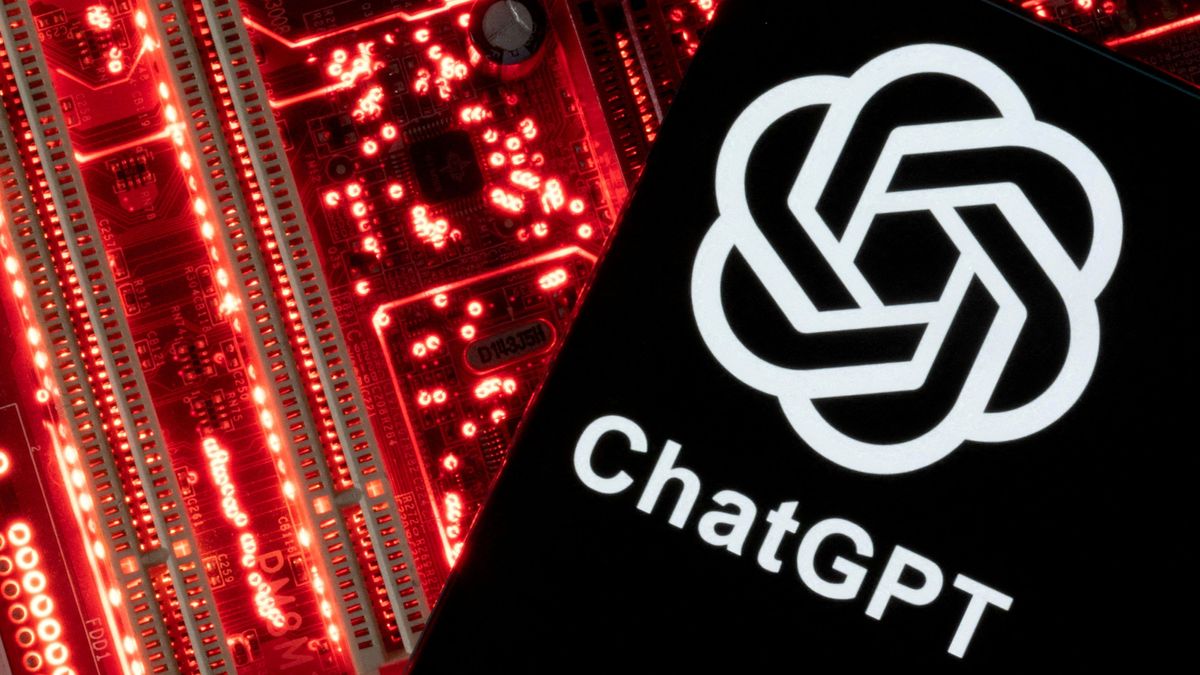This week we get new laptop and AI announcements from Microsoft, the arrival of Sonos' first headphones, and the launch of the new Sonos Roam 2 speaker.
To bring you up to speed on these and more, we've rounded up the top seven tech news stories that happened in the last seven days.
Scroll down to read them and we'll see you next week for another quick tech news roundup.
7. Sonos Ace landed with Dolby Atmos and ANC
In a week where the multi-room audio pioneer faced criticism from fans over how it handled its recent controversial app overhaul, Sonos would rather you focus on its shiny new product additions, including its first headphones .
They're called the Sonos Ace and they're over-the-ear wireless headphones with nice slim earcups. Yes, the aesthetic is remarkably similar to the Apple AirPods Max, but with more pill-shaped ear cups and a softer Sonos white finish. However, as you can imagine, the feature set is quite different. They have built-in Wi-Fi and can connect to a Sonos soundbar to play all the audio from your TV, in spatial audio with head tracking. That said, this feature only works with Sonos Arc at launch, but will come to Sonos Beam, Sonos Beam Gen 2, and Sonos Ray in the future.
What can't they do? Surprisingly, they can't work with your Sonos multiroom system. To explain, they can't do what the Bowers & Wilkins PX8 allows users of Bowers & Wilkins Formation products to do: easily switch between listening at home, perhaps on their Zeppelin or Formation Wedge speakers, and listening on the go, with their B&W headphones. . It was an industry first, but given Sonos' admirable collection of speakers, it's surprising not to see some kind of audio pass-through solution in its first headphones…
6. Sonos casually released the Roam 2
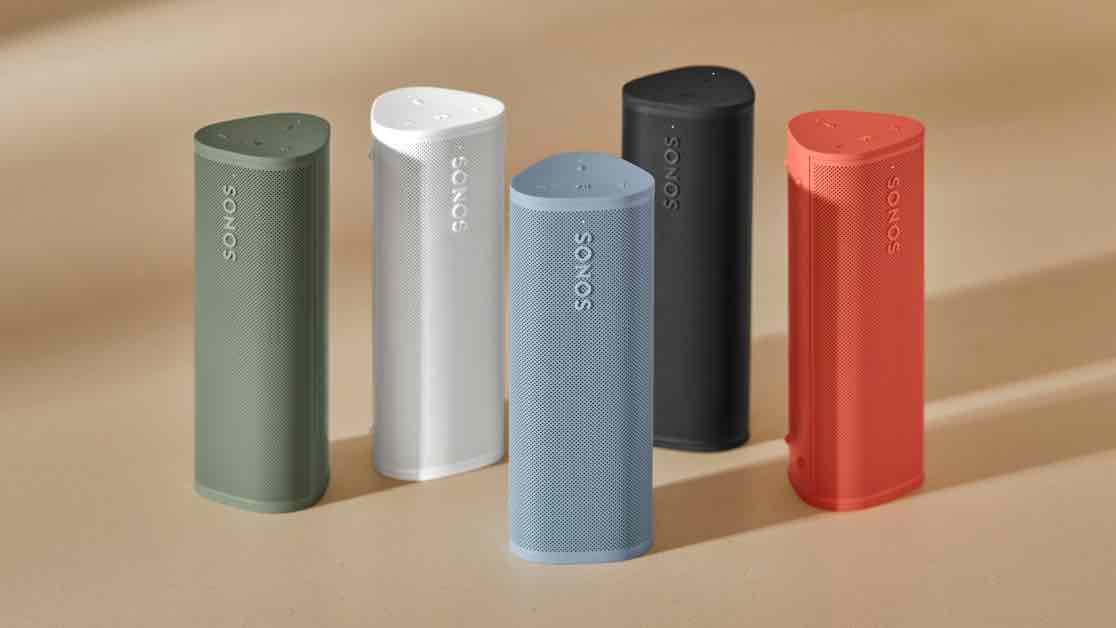
Sonos also introduced a follow-up to its Sonos Roam, one of the best Bluetooth speakers, this week with the Roam 2, although there was much less fanfare for this product than for the Ace headphones.
Perhaps because, except for a couple of small design changes, the logo now matches the color of the speaker; there are more color options with green, blue and red options joining the black and white of the original; and there's a dedicated Bluetooth button – the Roam 2 doesn't seem all that different.
The $179 / £179 / AU$299 price, IP67 waterproof rating and meager 10-hour battery life remain. We'll have to test its audio capabilities to see if they've improved, but if you already have a Roam, it looks like a Sonos Move 2 might be a better upgrade option.
5. Microsoft revealed some serious MacBook Air and iPad Pro rivals
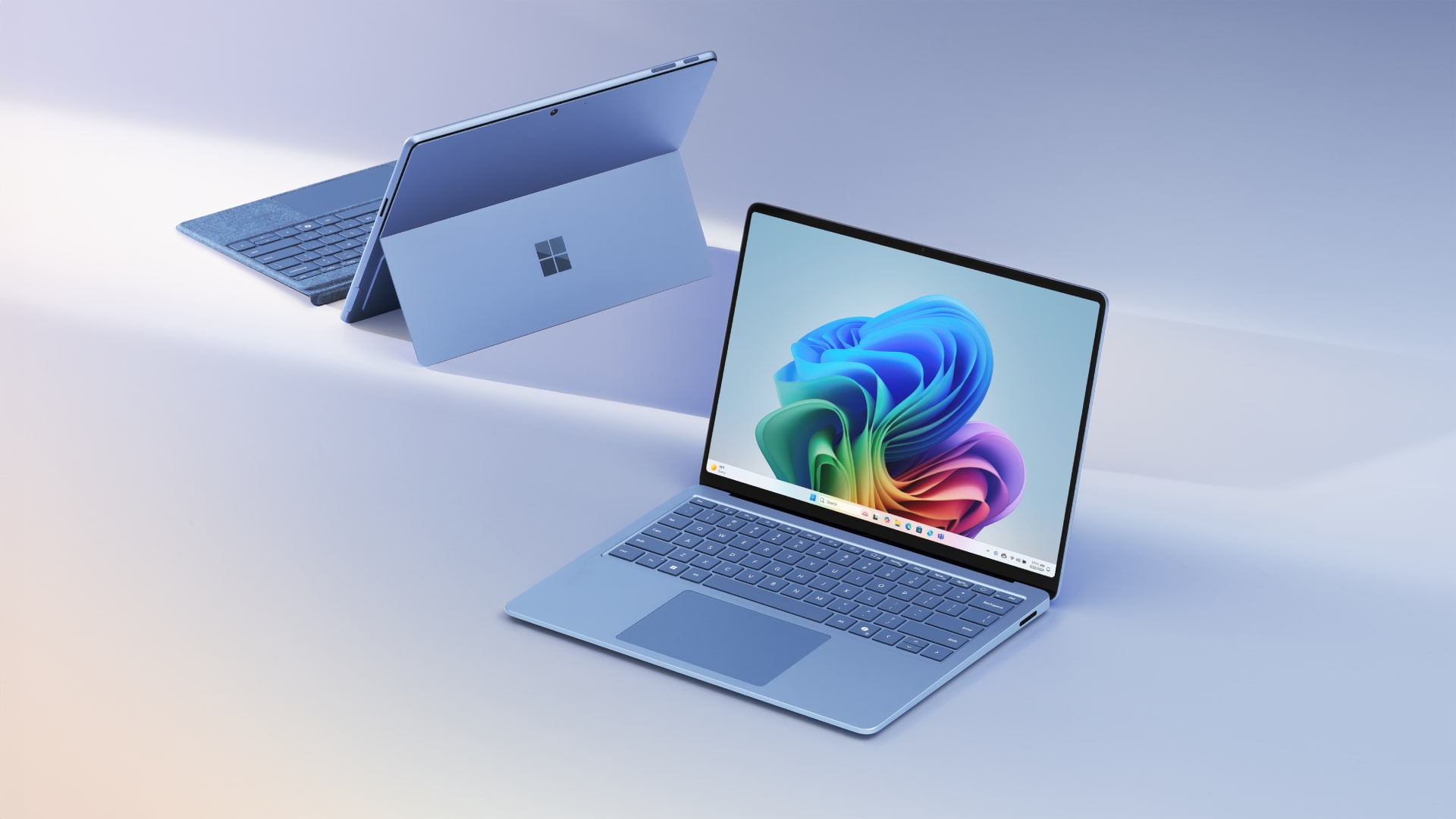
Apple's M-series chips changed the game for MacBooks and iPads when they arrived a few years ago, and this week, Microsoft countered spectacularly. Its new Surface Laptop and Surface Pro feature new Snapdragon
The early signs are promising, too, with early benchmark tests suggesting that Microsoft's new laptops could even surpass the MacBook Air M3 in performance and battery life (albeit with the help of built-in fans). Our hands-on review of the Microsoft Surface Laptop claims it could be “the most important laptop of the decade”, while our initial review of the Microsoft Surface Pro suggests it will give the iPad Pro a good run for its money.
In other words, watch this space: our guide to the best laptops could soon undergo its biggest change for a while once full Surface reviews are available.
4. The co-pilot got an update
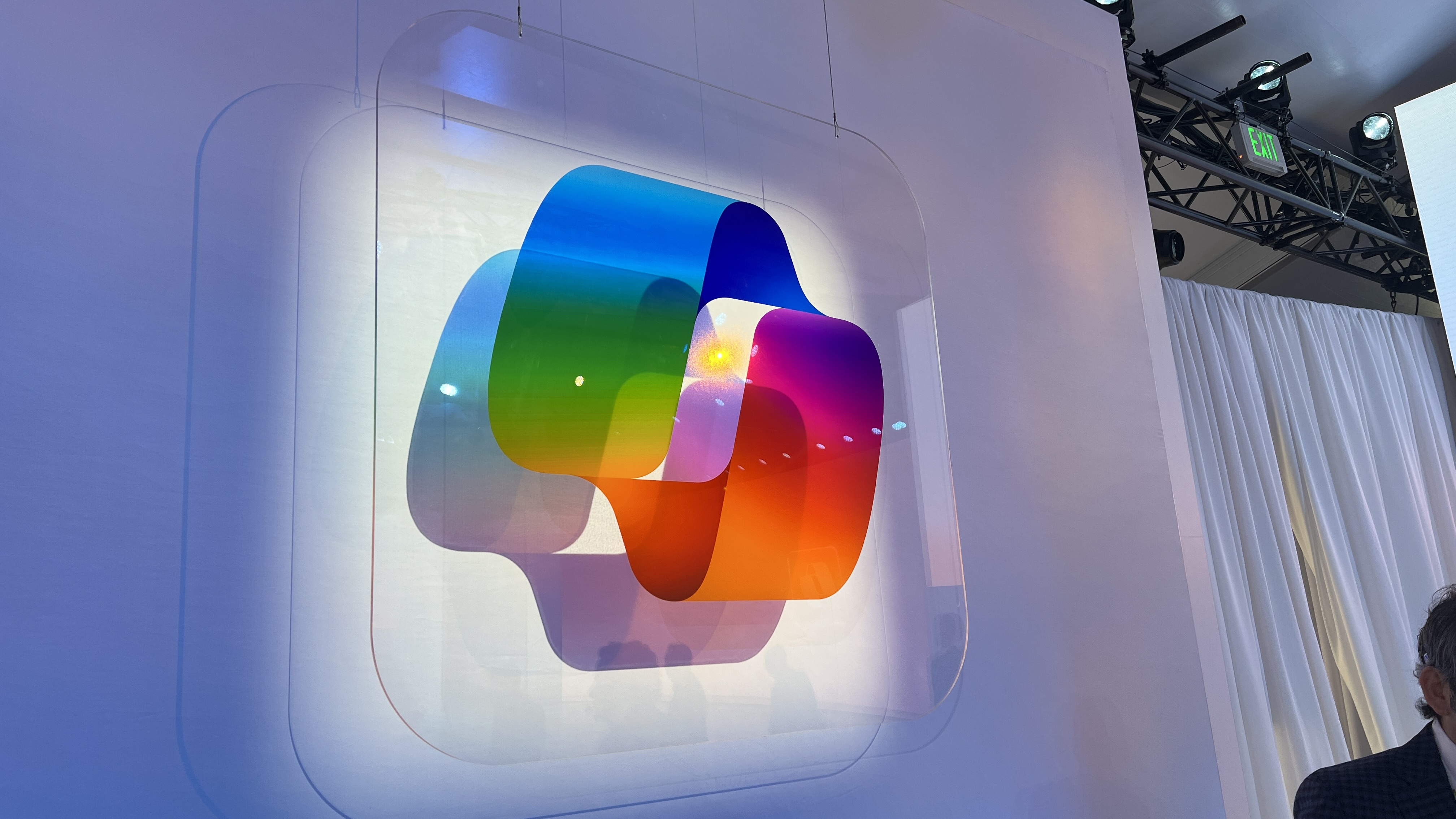
As part of Build 2024, Microsoft followed the recent trend of software showcases by demonstrating new AI-powered features for its Copilot assistant.
Copilot is being integrated into the Windows 11 operating system and ChaGPT-4o will also be added. This will allow you to ask the AI to help you navigate an app or game you haven't tried before, sort of like an interactive tutorial. We watched him walk someone through Minecraft… and it was actually surprisingly helpful (although take these curated AI demos with a pinch of salt).
It also announced some new Copilot+ features that will be exclusive to powerful hardware. Unfortunately, not everyone is a fan of some new tools, cough The potentially disastrous privacy implications of Recall.
3. Microsoft's controversial recovery feature could already be in trouble
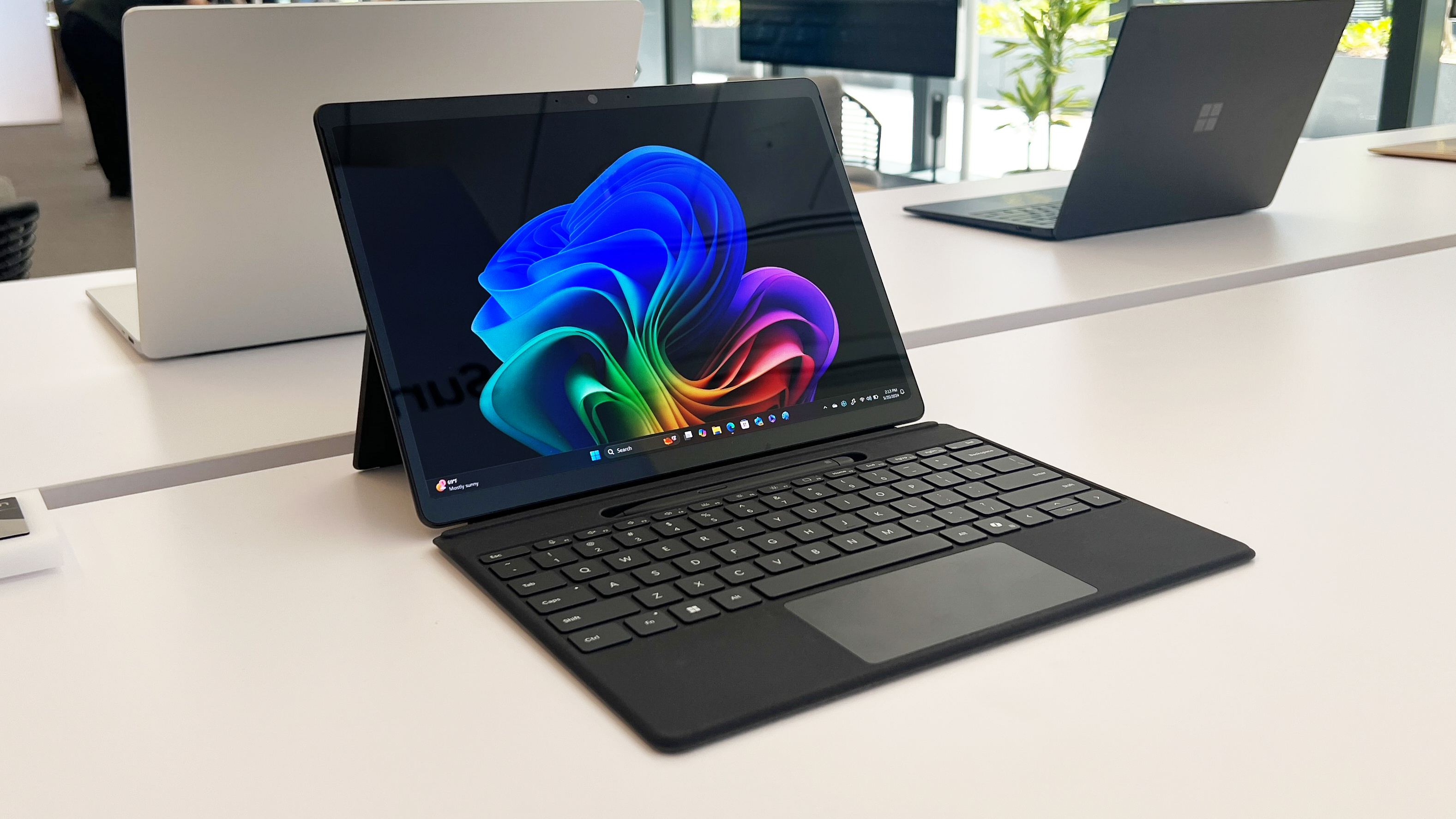
Also announced at Build 2024, PC Copilot+ users (with sufficiently powerful hardware) can access a tool called Recall. This allows your computer to track everything they do, even taking screenshots every minute or so, so they can remember something they were doing before.
Considered by Microsoft as a useful assistant, many users are terrified by the privacy implications of this software and, in the UK, the Information Commissioner's Office (ICO) (which oversees data privacy and related regulations) is investigating the feature.
Microsoft has said it has taken several precautions, such as storing this data only locally and saying it will not be used to train its AI. Still, these promises have not allayed many people's fears. We will have to wait and see what ICO and others think of the situation.
2. ChatGPT lost its Sky voice
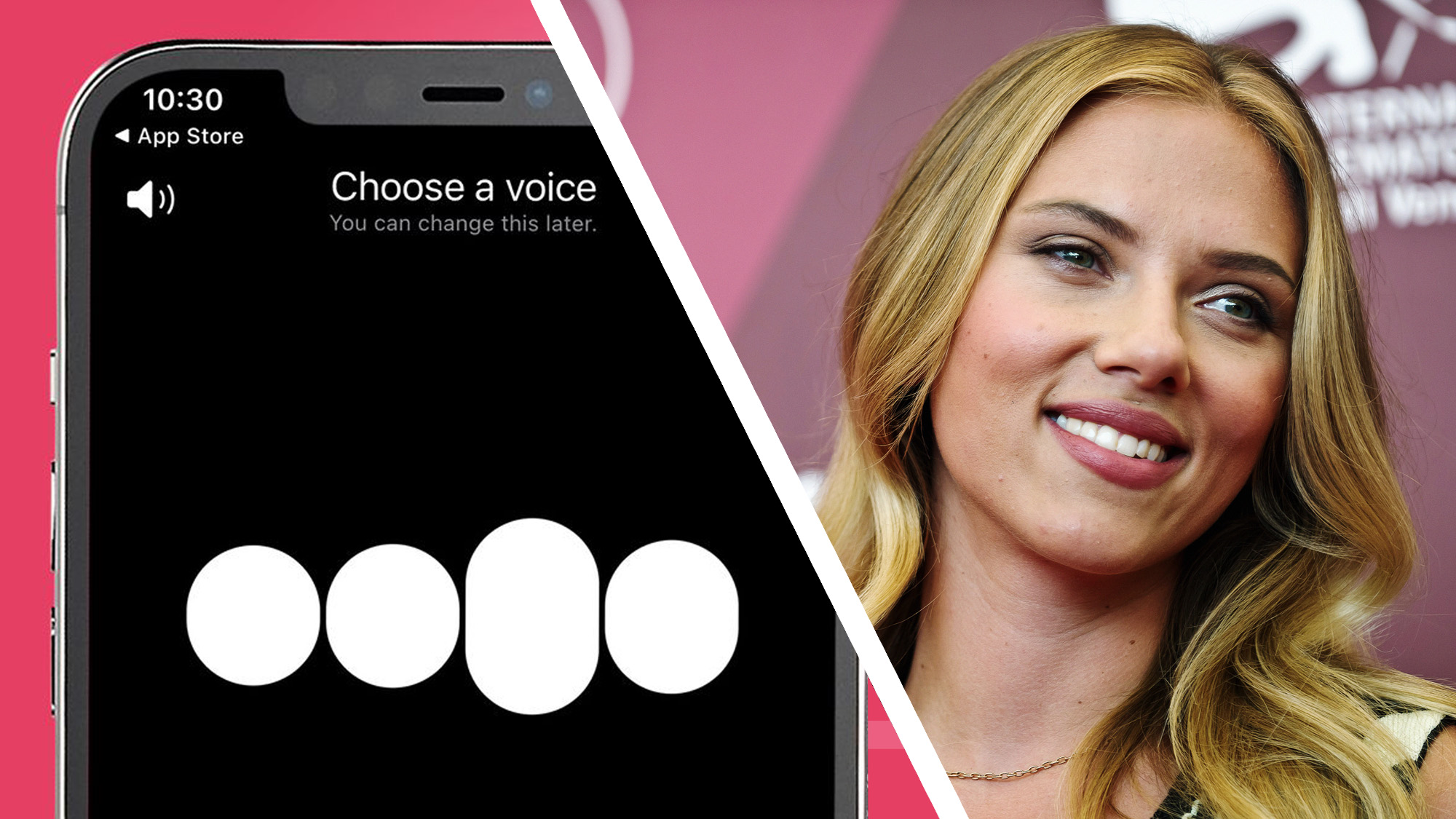
Last week, when OpenAI introduced its new Sky voice for ChatGPT, many people (including us) noticed that it looked a lot like Scarlet Johansson's AI character in Her. Turns out Johansson thought the same thing and is apparently upset about it.
She told NPR that she was “shocked, angry and incredulous” that OpenAI apparently used “a voice that sounded so eerily similar to mine,” especially since she had apparently turned down a deal to license her voice to them, after they asked her to. twice. , and an application will arrive very shortly before last week's showcase.
OpenAI, for its part, has rejected claims that Sky is based on Johansson. But that hasn't stopped them from removing the voice from the platform due to pressure from Johansson's lawyers, and her statement might be somewhat undermined by a tweet from Sam Altman made after the showcase that simply said “she.”
Some users took to social media to beg OpenAI to return Sky's voice to ChatGPT, although that will likely depend on how this dispute between OpenAI and Johansson continues.
1. Panasonic took on the Fujifilm X100VI with its full-frame Lumix S9
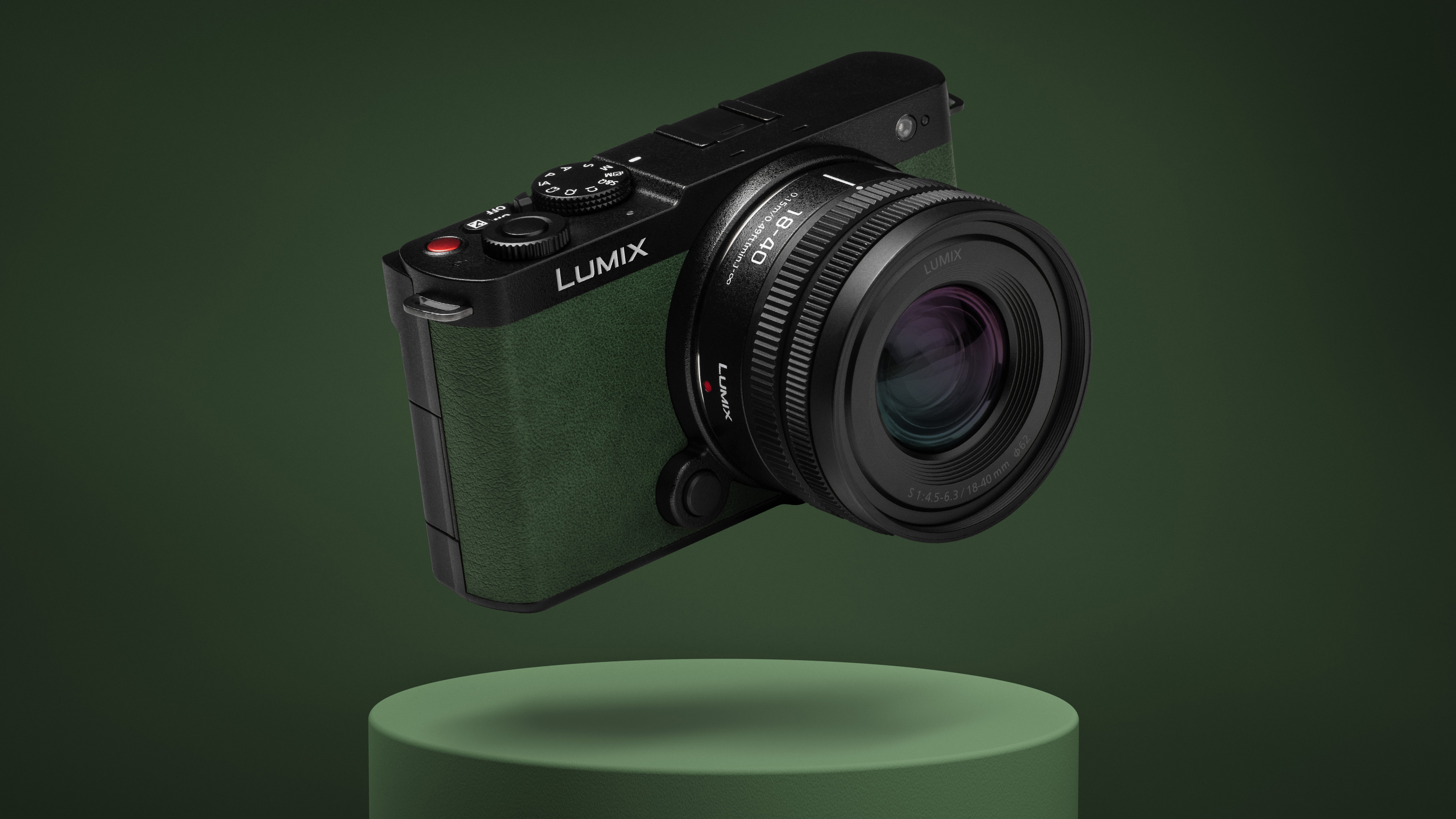
This week, Panasonic announced the Lumix S9, a vibrant and compact new full-frame mirrorless camera clearly designed for social media stars.
Its size (it's Panasonic's smallest full-frame L-mount camera) makes it easier to pack your bags when you go on vacation, and it's paired with a dedicated Lumix Lab app so you can share your snaps right on your phone. . and with your followers.
If you want to buy one, it'll set you back $1,499 / £1,499 / AU$2,699 for the body, and then $219 / £219 / AU$349 for the new 26mm f/8 pancake lens, and so far, we've discovered that it includes many sophisticated video features in one fun package. However, we do have a few complaints that we discuss in depth in our Panasonic Lumix S9 review.

